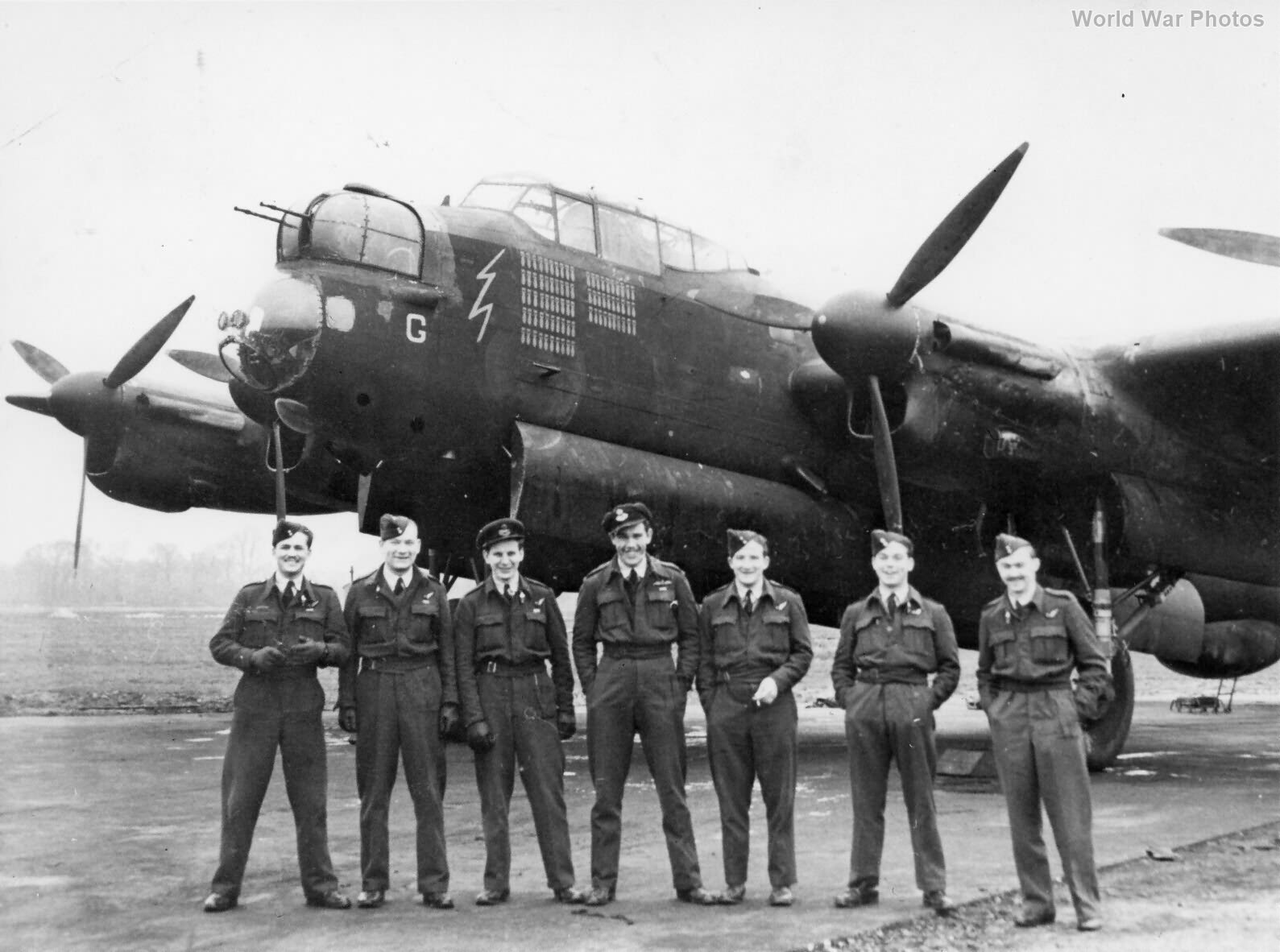The Pathfinder Force: A Detailed Look
The Pathfinder Force (PFF) was a specialized unit within RAF Bomber Command during World War II, tasked with improving the accuracy of bombing raids.
- Origins of Inaccuracy: Bomber Command faced significant challenges in achieving accurate bombing results during the early years of the war. Navigational limitations, enemy defenses, and the inherent difficulties of night bombing all contributed to this problem.
- Formation and Early Operations: Recognizing the urgent need to improve bombing accuracy, Air Vice Marshal Arthur Harris, despite initially favoring other methods, authorized the creation of the PFF on August 11, 1942, appointing Group Captain Donald Bennett to lead the new force. The PFF, initially comprised of squadrons equipped with a variety of aircraft types (Stirlings, Wellingtons, Halifaxes, Lancasters, and Mosquitos), faced difficulties in its early operations due to a lack of specialized equipment and the challenges of integrating different aircraft types with varying performance characteristics.
- The Lancaster’s Importance: The Avro Lancaster, with its impressive range, payload capacity, and ability to carry sophisticated electronic equipment, quickly proved to be invaluable to the PFF’s mission.
- Pathfinder Tactics and Technology: The PFF employed a combination of advanced technology and refined tactics to improve bombing accuracy.
- Target Marking: Pathfinders would fly ahead of the main bomber stream and drop flares or incendiaries to clearly mark the target area, allowing the bombers that followed to aim their bombs more accurately.
- Electronic Aids: The PFF made extensive use of electronic navigation and target-finding aids, such as Oboe and H2S radar, which enabled them to locate and mark targets with greater precision, even in poor visibility.
- Specialized Training: Pathfinder crews received specialized training in navigation, target identification, and the use of electronic aids, ensuring a high level of skill and expertise within the force.
- Impact and Legacy: The introduction of the Pathfinder Force significantly improved the accuracy of Bomber Command’s raids, increasing the effectiveness of the bombing campaign against Germany. The PFF’s success led to its expansion and the adoption of its tactics by other air forces.
Pathfinder Force was a testament to innovation and adaptability in the face of a challenging operational environment. The PFF’s legacy lies not only in its immediate impact on the air war, but also in its long-term influence on the development of airpower doctrine and precision bombing tactics.
